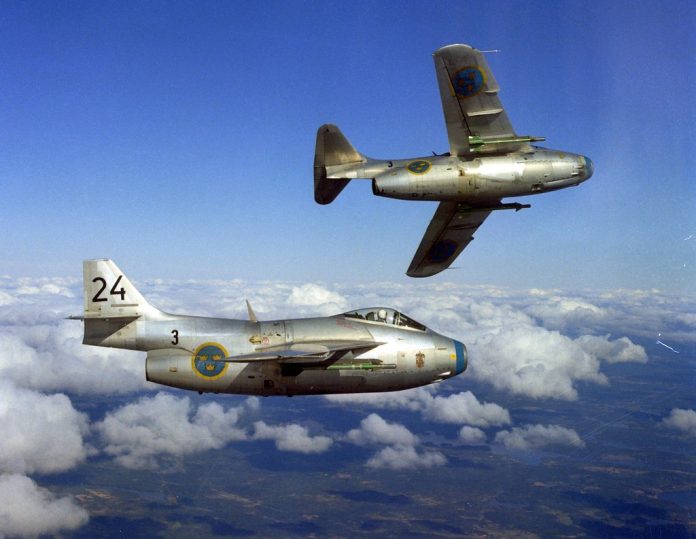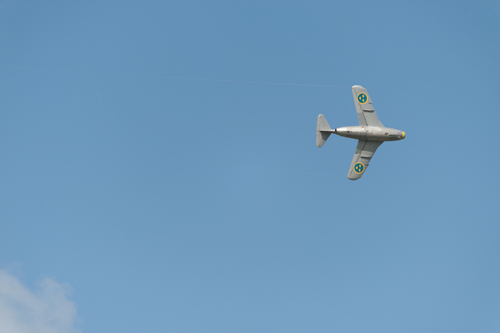
During the tense years of the Cold War, an era marked by rapid technological advancements and high-stakes political maneuvering, the Saab 29 jet fighter, affectionately nicknamed the “Flying Barrel,” emerged as a testament to Swedish military ingenuity.
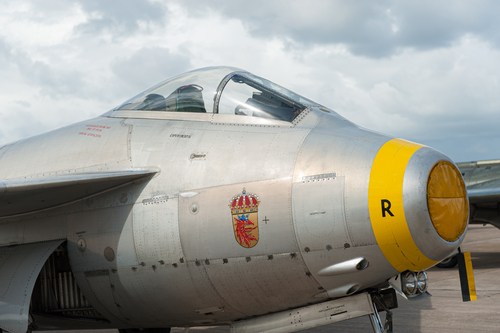
With its distinctive barrel-like fuselage and swept-wing design, the Saab 29 was an underappreciated yet formidable player in the aviation arena of the time.
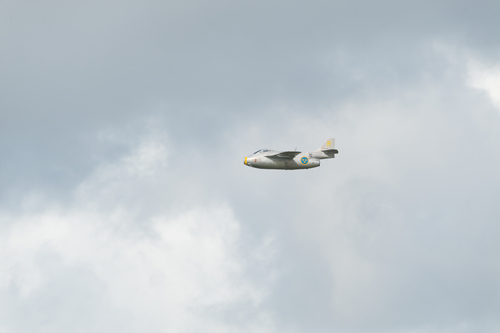
Built by Saab, a company renowned for its engineering prowess in both civilian and military domains, the Saab 29 took to the skies in 1947.
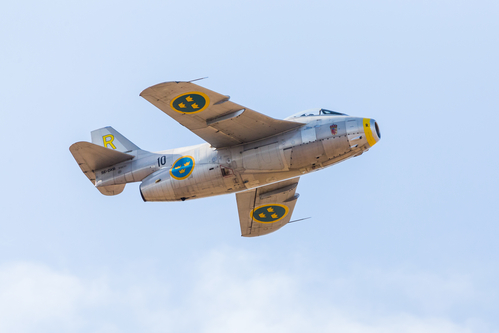
This cutting-edge aircraft was heavily influenced by groundbreaking Nazi research into swept-wing aircraft, but it was the Swedish engineers who realized the full potential of these early studies, transforming them into a jet fighter that would serve with distinction.
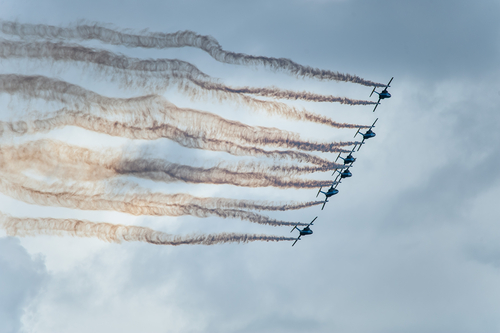
The Saab 29 officially entered service in 1951 and continued to be a mainstay of the Swedish Air Force until the early 1970s. As both a fighter and a fighter-bomber, this aircraft carved out a unique niche in the annals of military aviation history.
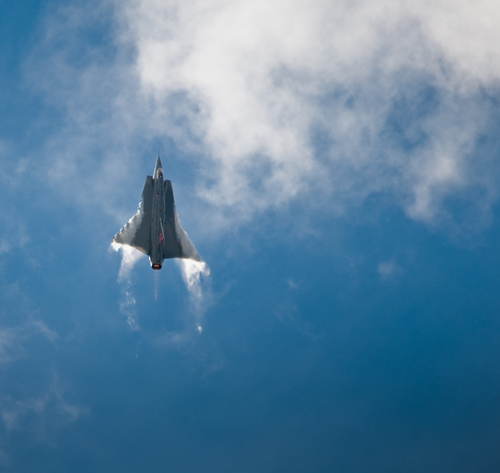
“It was dubbed the ‘Flying Barrel’ by its supporters, because of its barrel-like qualities when observed by the naked eye,” and was celebrated for its “easy flight controls, maneuverability, and speed,” becoming a beloved platform among pilots.
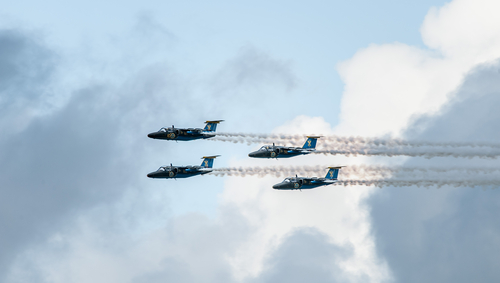
Initially equipped with the Svenska Flygomotor RM2 centrifugal turbojet, the Saab 29 could reach nearly 630 miles per hour, boasting an impressive initial climb rate of 7,500 feet-per-minute.
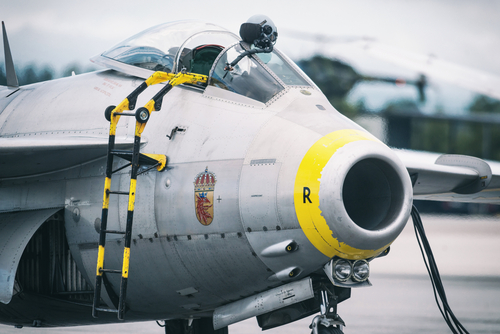
Later models saw an upgrade to the RM2B with an afterburner, further cementing the aircraft’s status as a formidable flying machine.
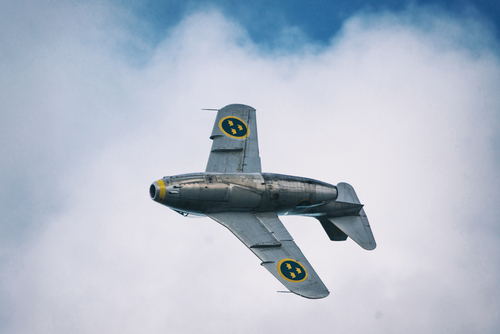
In terms of operational history, the Saab 29 saw action beyond Sweden’s borders during the Belgian Congo peacekeeping mission. “The Saab 29 saw action in the Belgian Congo when this bird was part of a larger peacekeeping force to bring order and stability to the region,” reflecting Sweden’s commitment to international peace efforts.
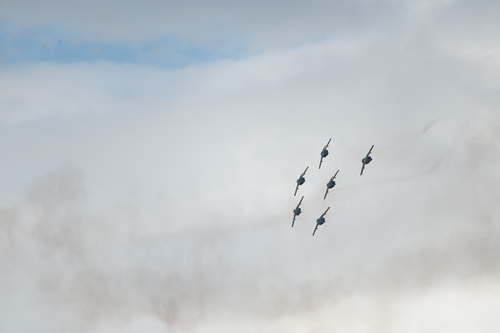
Despite its successes, the Saab 29 remained largely overshadowed by contemporaries like the American F-86 Sabre and the Soviet MiG-15, which gained fame in the Korean War.
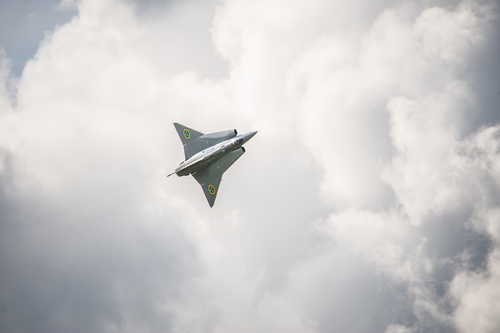
Nonetheless, the “Flying Barrel” was undoubtedly their equal in performance, technology, and design, a fact often overlooked due to Sweden’s neutrality and limited production.
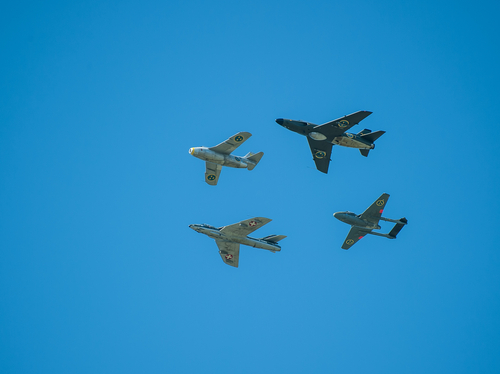
The Tunnan, as it was also known, was produced until 1956, with a total of 665 units across five major versions, including dedicated reconnaissance variants. Its service extended to the air forces of Sweden and, interestingly, Austria—marking the Saab 29 as an export of sorts, though in limited numbers.
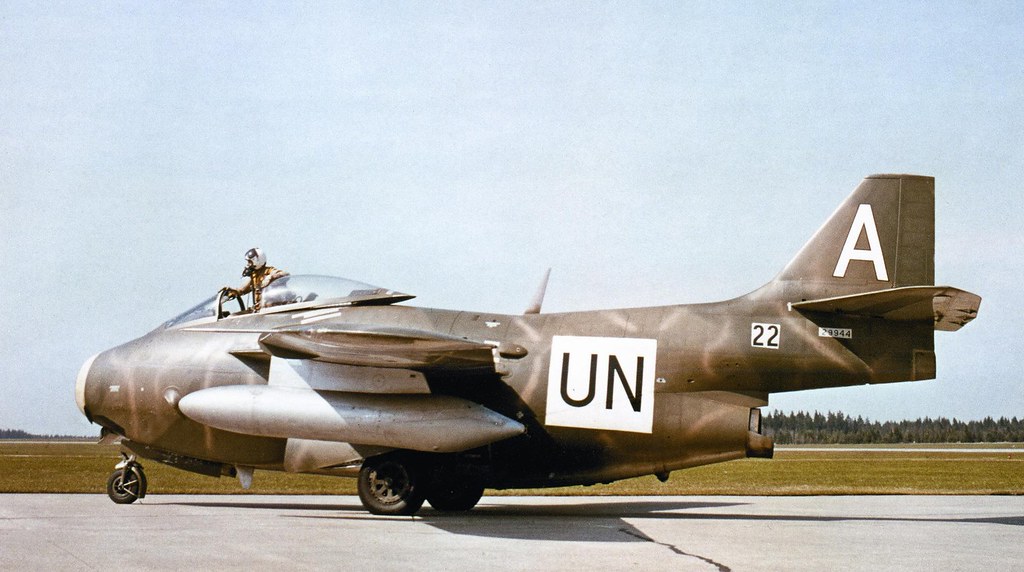
The aircraft’s tenure was not without challenges, such as a high initial accident rate typical of early jet fighters, which lacked dedicated two-seat training versions. However, these hurdles were overcome with time and experience, and the Saab 29 ultimately proved to be a reliable and effective aircraft.
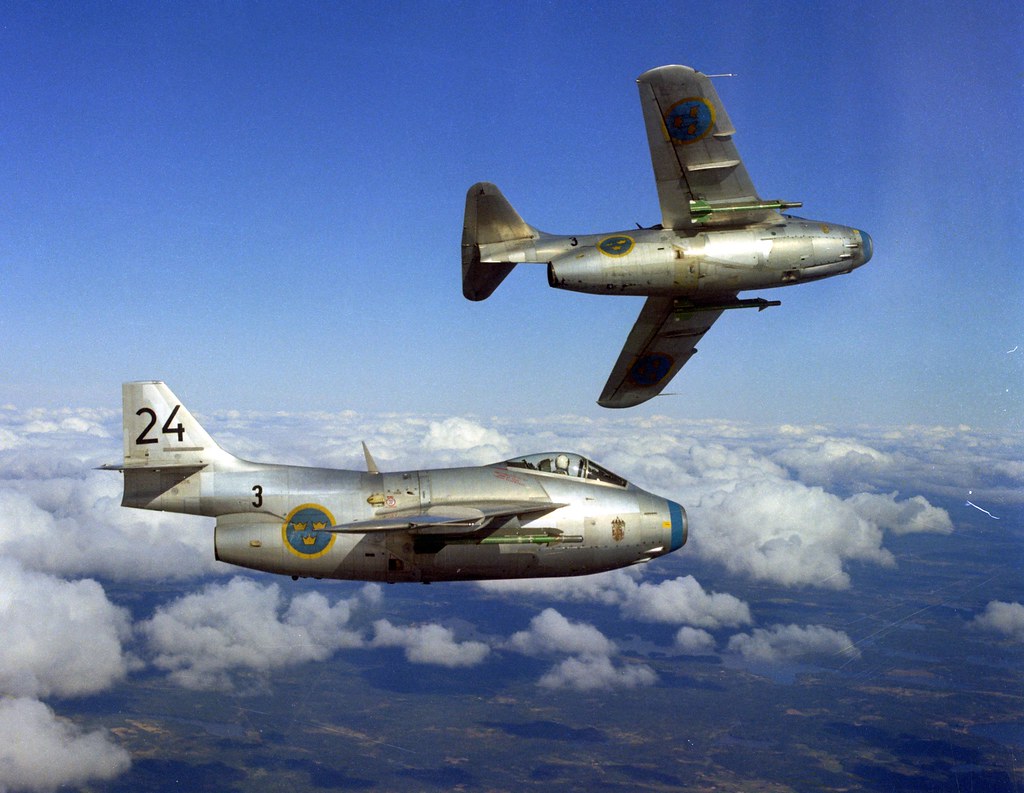
Today, the legacy of the Saab 29 lives on with several preserved in museums and one maintained in flying condition by the Swedish Air Force Historic Flight.
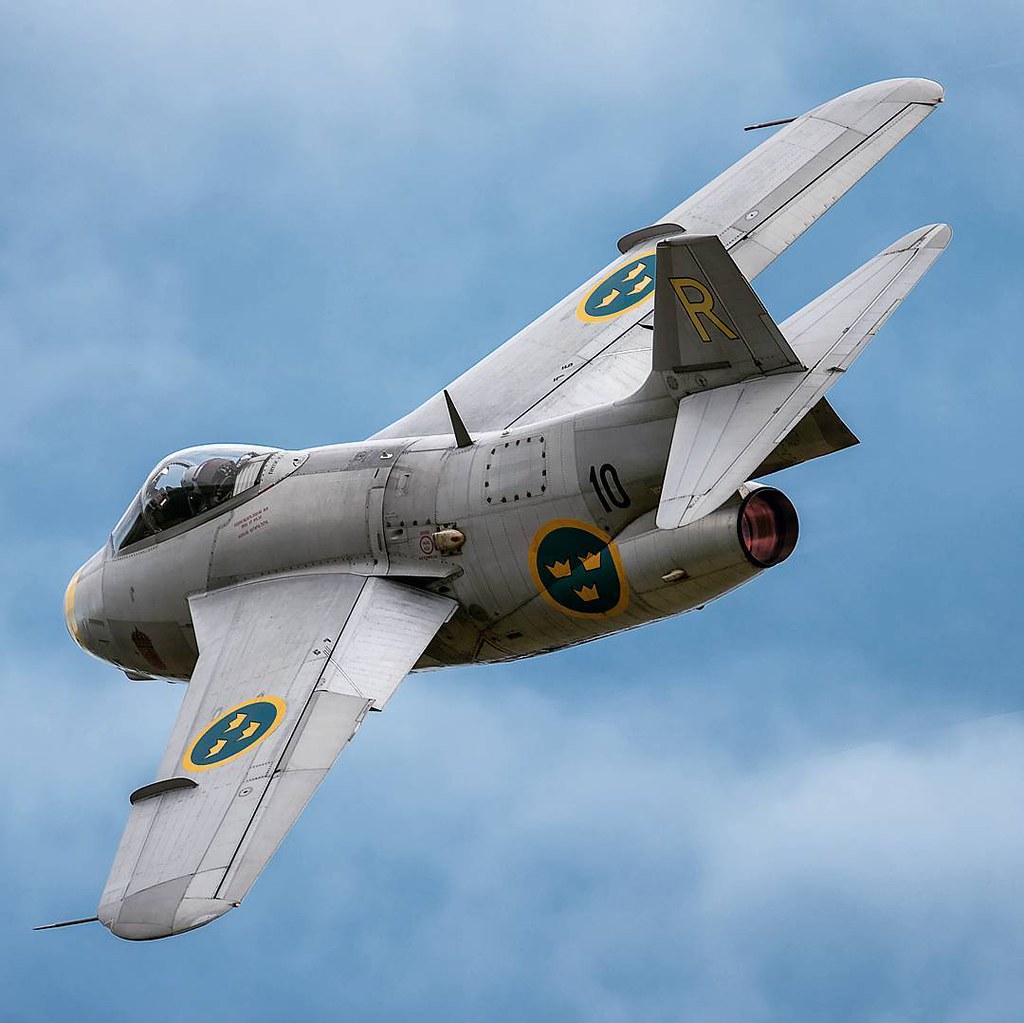
While only three original Saab 29s remain, their place in the annals of military aviation history is secure, highlighting the innovative spirit and engineering acumen of Sweden during a time when the world seemed on the brink of confrontation.
